Formula C5H6O4 Boiling point 381 °C Appearance White solid | Molar mass 130.099 g/mol Density 1.63 g/cm³ | |
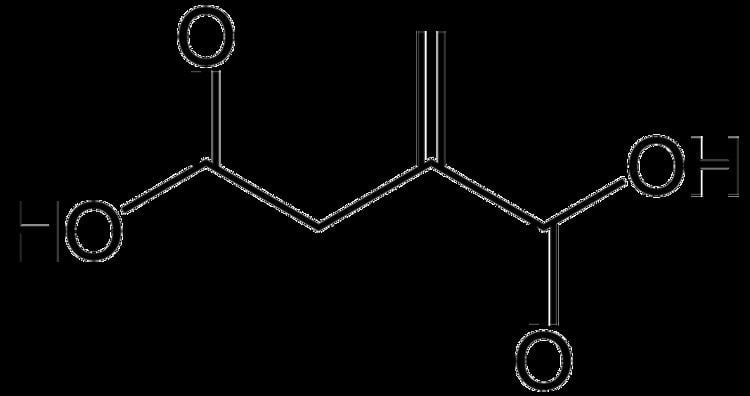 | ||
Itaconic acid distributors bulk chemical supplier for itaconic acid parchem
Itaconic acid, or methylenesuccinic acid, is an organic compound. This dicarboxylic acid is a white solid that is soluble in water, ethanol, and acetone. The name itaconic was devised as an anagram of aconitic. Historically, itaconic acid was obtained by the distillation of citric acid, but currently it is produced by fermentation.
Contents
- Itaconic acid distributors bulk chemical supplier for itaconic acid parchem
- 2015 2020 global itaconic acid industry trends survey and opportunities report
- Laboratory synthesis and reactions
- Production
- Application
- References
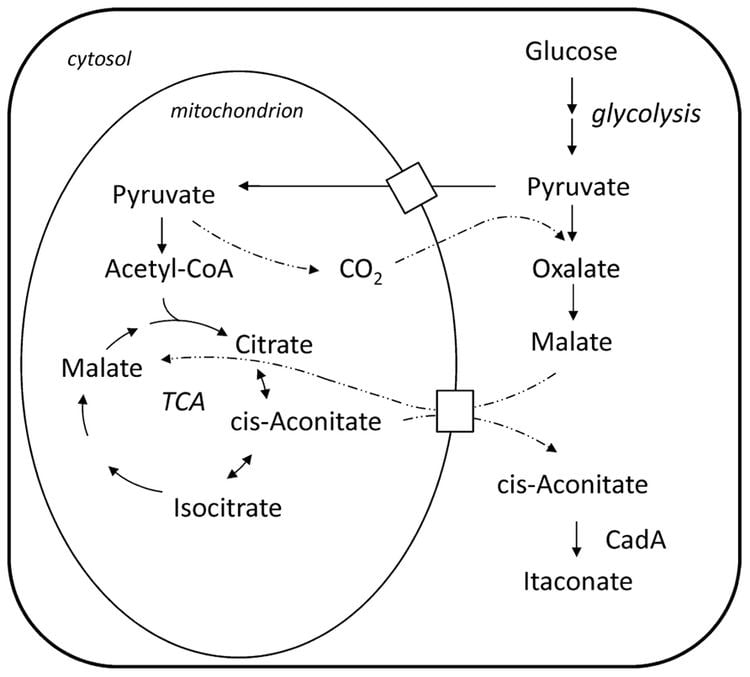
2015 2020 global itaconic acid industry trends survey and opportunities report
Laboratory synthesis and reactions
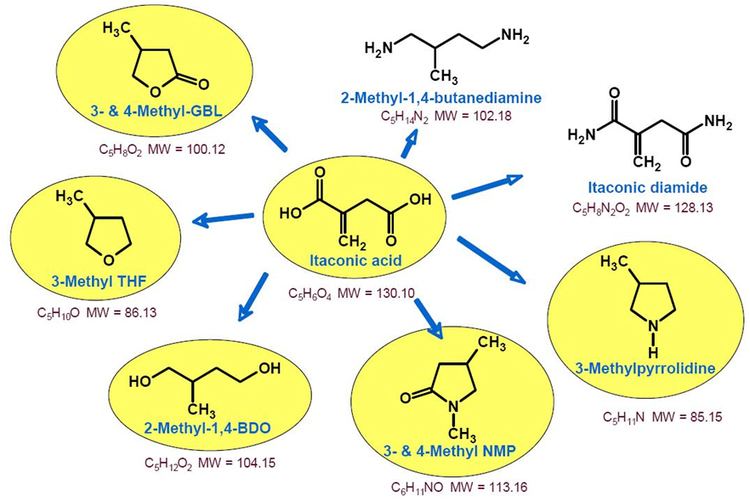
Dry distillation of citric acid affords itaconic anhydride, which readily undergoes hydrolysis to itaconic acid. Upon heating, itaconic anhydride isomerizes to citraconic acid anhydride, which can be hydrolyzed to citraconic acid (2-methylmaleic acid).
Production
Since the 1960s, it is produced industrially by the fermentation of carbohydrates such as glucose or molasses using fungi such as Aspergillus itaconicus or Aspergillus terreus.
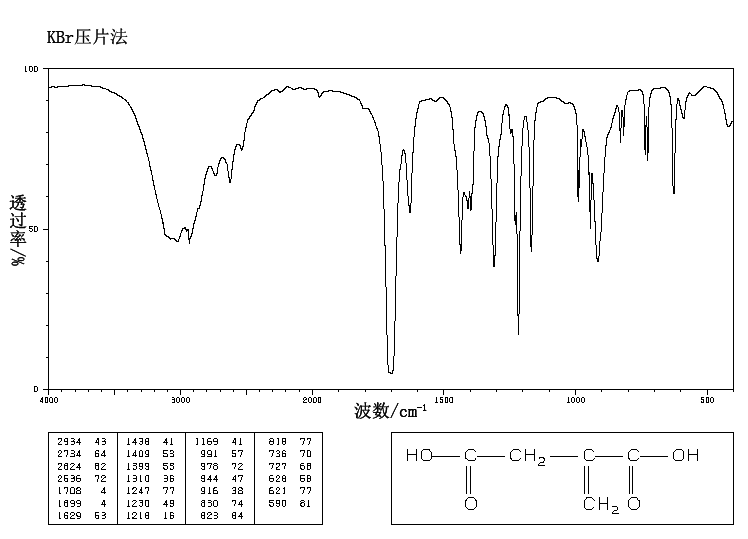
For A. terreus the itaconate pathway is mostly elucidated. The generally accepted route for itaconate is via glycolysis, tricarboxylic acid cycle, and a decarboxylation of cis-aconitate to itaconate via cis-aconitate-decarboxylase.

The smut fungus Ustilago maydis uses an alternative route. Cis-aconitate is converted to the thermodynamically favoured trans-aconitate via aconitat-Δ-isomerase (Adi1). trans-Aconitate is further decarboxylated to itaconate by trans-aconitate-decarboxylase (Tad1).

Itaconic acid is also produced in cells of macrophage lineage and as such it has in vitro activity against bacteria expressing the enzyme isocitrate lyase such as Salmonella enterica and Mycobacterium tuberculosis.
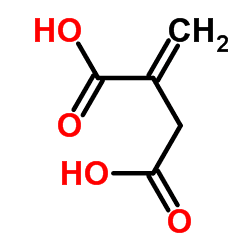
However, cells of macrophage lineage have to "pay the price" for making itaconate, and they lose the ability to perform mitochondrial substrate-level phosphorylation,
Application
Itaconic acid is primarily used as a co-monomer in the production of acrylonitrile-butadiene-styrene and acrylate latexes with applications in the paper and architectural coating industry.
